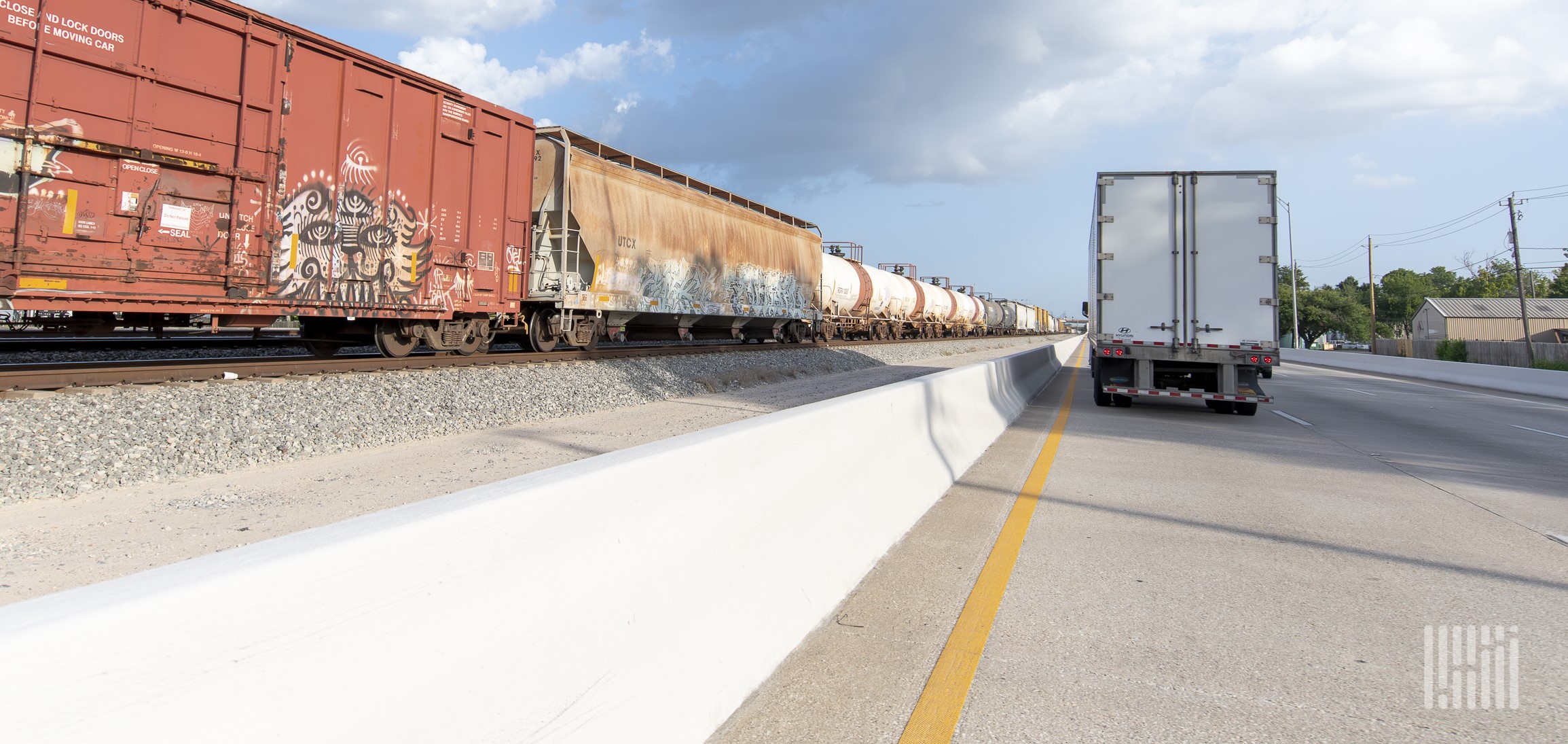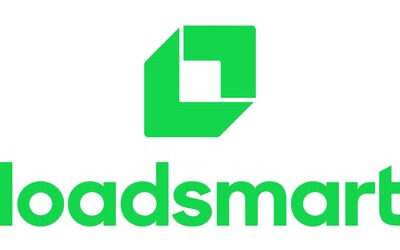The logistics landscape is constantly evolving, and with it, the need for smarter, more integrated solutions. Enter the all-in-one freight quoting system offered by some advanced transportation management systems (TMS). These TMS platforms are a game-changer for businesses navigating the complex world of shipping.
In freight, it all comes down to who can get the best rate for the shipment — that and speed. Everyone wants the perfect combination: the ability to quote accurately and efficiently.
TMS software can centralize the quoting process across multiple carriers and modes of transport and eliminate the tedious task of juggling various websites and phone calls.
Most common shipping modes
Before we dive into the challenges of fragmented quoting processes or the benefits of a unified system, let’s review some of the various modes that may be supported by a next-gen TMS.
Less than truckload
LTL (less than truckload) freight shipping is a cost-effective solution for businesses transporting smaller shipments that don’t require a full truck. This method involves combining multiple shippers’ goods on a single truck, with costs shared based on the space used.
LTL shipping is ideal for shipments typically weighing between 150 and 15,000 pounds. It offers flexibility in terms of shipment size and frequency, making it popular among small- to medium-sized businesses.
LTL carriers often provide additional services like liftgate delivery, inside pickup/delivery, and freight tracking. While potentially slower than full truckload shipping, LTL provides an economical option for businesses with fluctuating shipping needs or smaller inventory volumes.
Full truckload
Full truckload (FTL) freight shipping involves dedicating an entire truck to a single shipment, typically for larger loads or when a shipper requires exclusive use of the vehicle. This method is ideal for shipments weighing over 15,000 pounds or occupying more than 24 feet of trailer space.
FTL shipping has advantages, including faster transit times, reduced handling, and lower risk of damage, as goods aren’t transferred between vehicles. It’s often more cost-effective for large shipments and provides greater flexibility in scheduling and routing.
FTL is commonly used for time-sensitive deliveries, high-value goods, or cargo requiring special handling. It is generally more expensive than LTL.
Drayage
Drayage freight refers to the short-distance transportation of goods, typically as part of a longer overall journey. It usually involves moving cargo from a port, rail yard, or intermodal terminal to a nearby destination, often within the same urban area.
Drayage is a crucial link in the intermodal shipping process, bridging the gap between long-haul transportation and final delivery. This mode is commonly used to transport shipping containers, trailers, and other intermodal units.
Negatives for drayage operations include port congestion, strict delivery windows, and local traffic conditions.
Intermodal
Intermodal freight transportation involves using two or more modes of transport to move goods from origin to destination without handling the freight itself when changing modes. This mode typically utilizes standardized containers that can be easily transferred between ships, trains, and trucks.
Intermodal shipping offers several advantages, including cost-effectiveness for long-distance transport, reduced handling and potential for damage, increased security, and often lower environmental impact.
It combines the flexibility of trucking with the efficiency of rail for long hauls, which can be particularly beneficial for high-volume shipments. The approach is a little more complex than other types of transport, but it’s perfect for shippers looking to save some money.
Challenges of obtaining multi-modal quotes
Obtaining drayage, intermodal, FTL, and LTL freight quotes via separate systems or processes is challenging in many ways. This is because each mode has its own distinct pricing models that accommodate unique pricing considerations. These data points include, for example, weight breaks for less than truckload (LTL) shipments or container sizes for intermodal.
The inevitable result of these differences is a fragmented approach to gathering quotes. Inconsistent data collection and formatting requirements make comparing and analyzing quotes on a day-to-day basis exponentially more complex.
Under this approach, businesses typically struggle to maintain a comprehensive view of available options. As a consequence, they may miss out on cost-saving opportunities or more efficient routing combinations. And on a strategic level, it’s quite difficult to track historical pricing trends or leverage volume across modes for increased negotiating power.
Another challenge of working with several systems and processes is the increased likelihood of data entry and quote management errors. This can lead to problems like misquoted rates or missed deadlines. Customer service may suffer as responses to quote requests take longer, and the ability to offer flexible, multi-modal solutions becomes limited compared to competitors.
A unified quoting system makes businesses more competitive by enabling comprehensive analytics reporting in a way that enables strategic action. Without it, managers have limited meaningful insight into cross-modal transportation spend, carrier performance, and market trend metrics.
Ultimately, a fragmented approach hampers strategic decision-making. This can result in suboptimal choices in terms of cost, transit time, and overall supply chain efficiency — which no business can afford in today’s competitive environment.
Benefits of using a single TMS for multiple types of freight quotes
By consolidating drayage, intermodal, FTL, and LTL quoting processes into one platform, businesses can streamline operations and gain a competitive advantage.
Here are some of the most significant benefits.
- Increased operational visibility: A single TMS provides a centralized dashboard for all quoting activities. This offers enhanced visibility across the entire transportation portfolio, enabling better capacity planning, improved forecasting, and more effective risk management.
- Cost savings: Consolidating multiple quoting processes into one TMS can lead to significant savings. Cost reductions may come in the form of reduced IT infrastructure expenses, lower maintenance costs, decreased training needs, and the elimination of redundant software licenses.
- More strategic decision-making: A TMS with combined quoting capabilities empowers decision-makers to make more informed, strategic choices by providing a holistic view of all options and associated costs, transit times, and more. This can lead to better-optimized operations, higher customer satisfaction, and a stronger bottom line.
- Streamlined operations: A unified TMS eliminates the need to switch between multiple systems to manage quotes across modes. This results in reduced complexity, fewer errors, and greater overall operational efficiency. Working within a single interface also saves time and reduces training requirements.
- Flexibility: An advanced TMS that handles multiple quote types can more easily scale and adapt to changing needs. Whether that’s market expansion, new service offerings, or supply chain shifts, a flexible system can grow and evolve with the business.
Invest in a TMS that can meet current and future needs
If you’re reading this article, at least some of the multi-modal quoting challenges we’ve described probably sound familiar. And historically, your competitors have had to cope with the same technological limitations and operational blind spots as your company. Now, that may no longer be the case.
If companies in your space are already leveraging TMS software capable of managing quoting across multiple modes, such as the next-gen ShipperGuide TMS, it’s important that you take steps to keep up as soon as possible. Your ability to remain competitive in the short to mid-term depends on it.
And if your competitors haven’t yet harnessed the benefits of an advanced TMS, switching to one now may provide you with a powerful competitive advantage. Even if you haven’t moved into all of the modes available yet, think of it as an investment in your company’s future.
FAQ
A freight quote is the estimated price of moving a shipment typically negotiated between a shipper and a carrier or a freight broker.
Freight quotes are based on a variety of factors, such as origin, destination, weight, size, and type of goods. They’re usually calculated with the help of a TMS.
The all-in freight rate is the all-inclusive price of transporting a shipment from origin to destination. It includes fuel and accessorial fees along with carrier costs.


